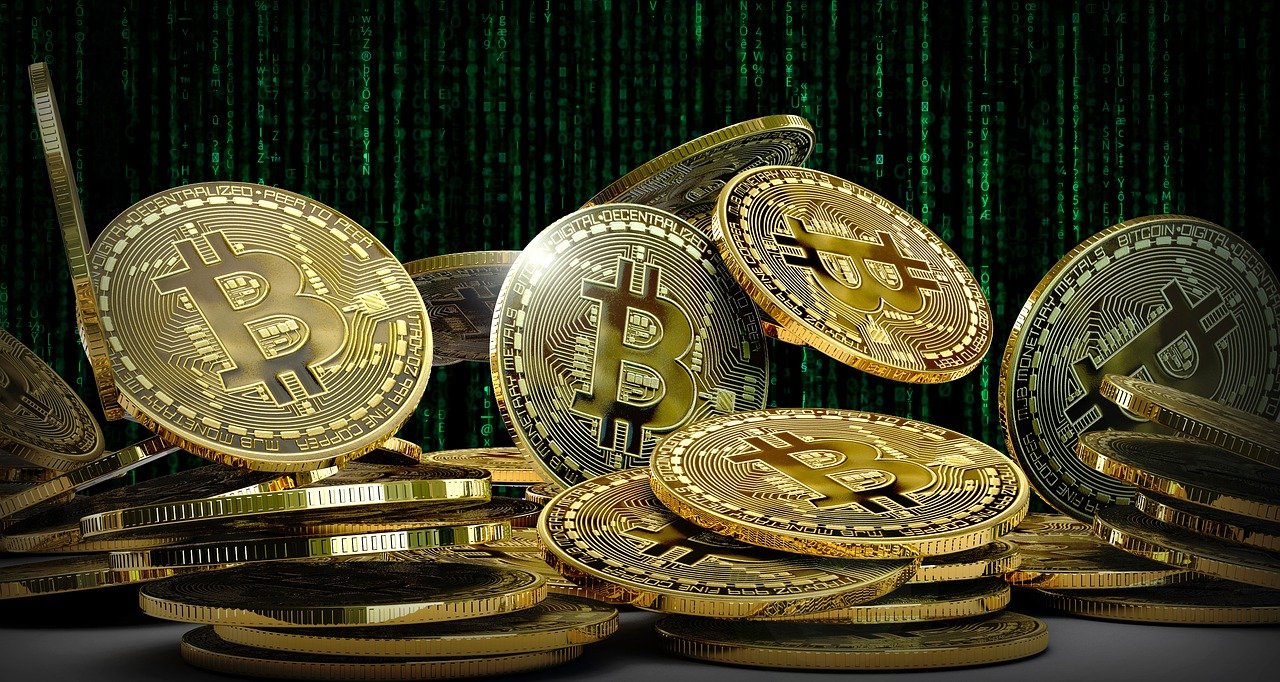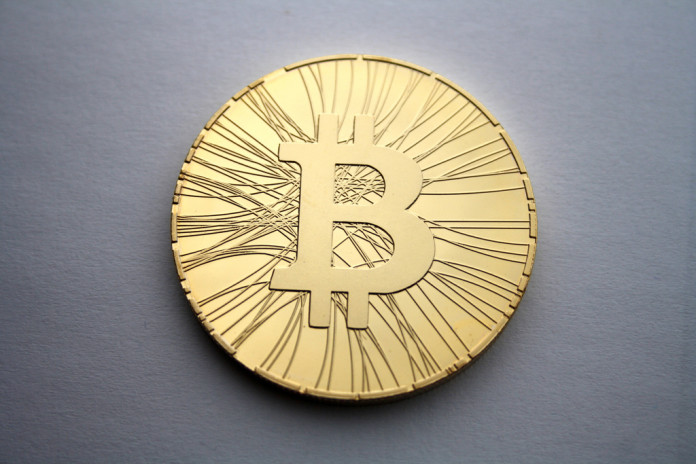The evolution of digital technologies creates new business opportunities and pushes for even more innovation. Cryptocurrencies and the technology that supports them, blockchain, have changed the financial world, proving that assets don’t have to be fungible to be valuable. In this scenario, the tokenisation of assets comes as a natural development. The increasing digitisation of the financial sphere was already calling for such solutions.
The Rise of NFTs
Those unfamiliar with the concept of a non-fungible token (NFT) might be shocked while reading news like “NTF sold for USD 69 million at Sotheby”. NFTs are digital tokens that only exist in the digital space. How can they possibly be so valuable? The secret ingredient is uniqueness. NFTs are governed by smart contracts and are stored commonly in the Ethereum’ or Avalanche 2 (mostly known as AVAX) blockchains.
Consider a Bitcoin unit for a moment: every Bitcoin is like the other. Because there’s no difference between them, Bitcoins are fungible. An NFT, on the other hand, can’t be replicated since its uniqueness is guaranteed by smart contracts and stored in the Ethereum blockchain.

Anything can become an NFT. Originally, NFTs were mostly memes, gifs, pictures, or in-game items. Despite its digital nature, NFTs are beginning to meddle in the real world through tokenising financial and physical assets.
Recently, an arts collective gave a striking example of it with the project Burning Picasso. In this case, a drawing by Picasso was digitised in high resolution and turned into an NFT. Then, the original drawing was burned to ashes, making a point that that drawing was now eternal. Not all tokenisations are so drastic, though.
How Does the Process Work?
The tokenisation process of an asset can take between three and six months. It isn’t a cheap process either: prices start at about USD 30,000, and the sky’s the limit for potential costs. It involves the creation of a tokenomics model and smart contracts that must be allocated in a previously chosen blockchain.
Finally, it must be integrated with crypto wallets and ready to launch in primary or secondary markets. Among the main benefits of a token asset, one can include the possibility of fractionated ownership and increased liquidity.
Tokenized World
NFTs aren’t only for bored apes and cute gifs. Luxury car brands like Alpha Romeo, Mercedes-Benz, and MacLaren are some remarkable names on the road. Although a cold hard MacLaren can cost a fortune, an NFT is much more affordable. These NFTs are more than fancy digital versions of old stamps, though.
Those buying a real-life Alfa Romeo’s Tonale will also get an NFT version of it, where info and stats about the car can be stored. The carmaker claims that this NFT can help keep the car’s residual value. Other luxury carmakers follow the same example, and the best-preserved vehicles can get better insurance rates.
The tokenisation trend has also reached the fashion world. Brands like Burberry and Louis Vuitton are designing exclusive items for the game Blankos Block Party. Inspiration also goes the other way around, though. Clothing brands like Balmain’s Flaming Dress rush to recreate fantastical outfits from the digital world. The NFT version of the Patek Philippe Nautilus was sold for USD 120,000.
Check below other examples of commonly tokenised assets:
- Licences and patents
- Fractional ownership
- Collectable cars
- Real estate (residential or commercial)
- Commodities
- In-game items
- Gift cards
- Books and newspapers
Know What Your Token’s About
There are three other popular types of tokens out there, apart from NFTs. Learn about them and their use below.
Payment Tokens
You can tell payment tokens from the rest by the suffix “coin”: Bitcoin, Litecoin, Dogecoin. Sure, there are exceptions, like Ethereum, XRP, and others. These are mostly used for payments, very much like fiat currency. Cryptocurrencies rely on finite supplies. For this reason, they should increase in value as their circulation gets closer to the limit.
Security Tokens
Shares and stocks can also be digitised and turned into security tokens. They give ownership status to their holders and are regulated by the Supreme Court in countries like the United States. Security tokens must pass through the Howey test to be considered as such.
This test defines three criteria for defining a security token: the holders must have exchanged it for money, and they’re for profit. However, they can’t be involved in the activity that will generate this profit.
Utility Tokens
Utility tokens are used for accessing services and products based on a blockchain. For example, the NEO network can be accessed using Gas coins, while Ether can be used for smart contracts and other transactions in the Ethereum blockchain.
Virtually Physical
The tokenisation of items for investment or preservation is gaining more space by the day. There’s always a new way to trade a digital asset. Since the virtual world is becoming more realistic, the digital version of certain assets can really come in handy. Despite the hefty costs of the tokenisation process, doing so means increasing its potential value. The possibility of fractionated ownership and liquidity is enough to consider the tokenisation of valuable assets.










